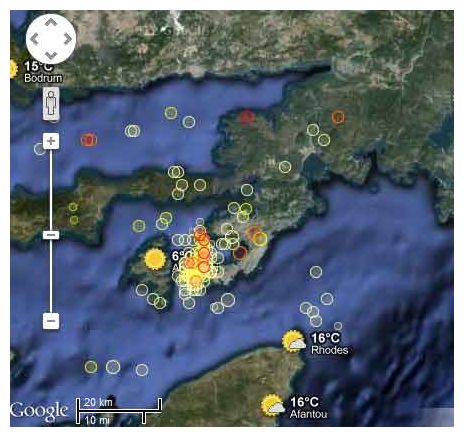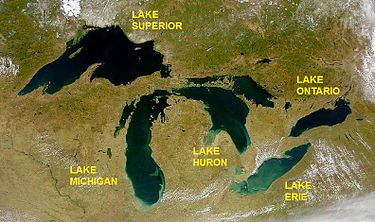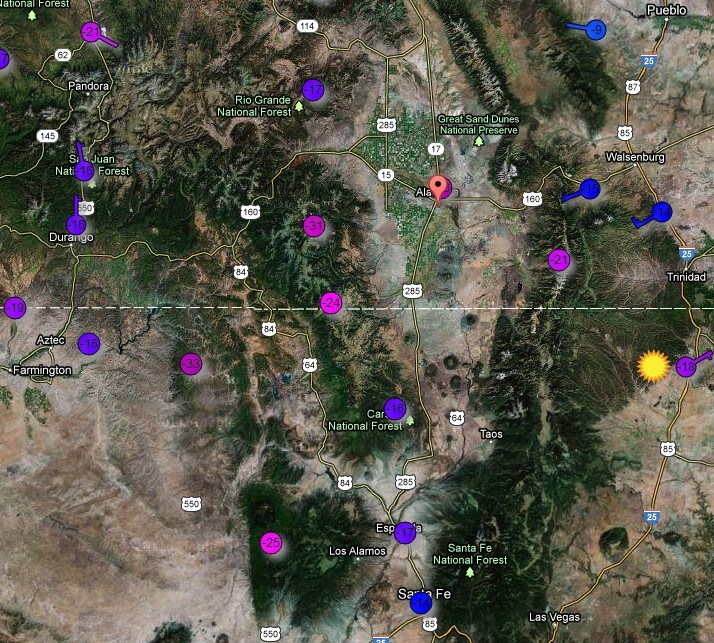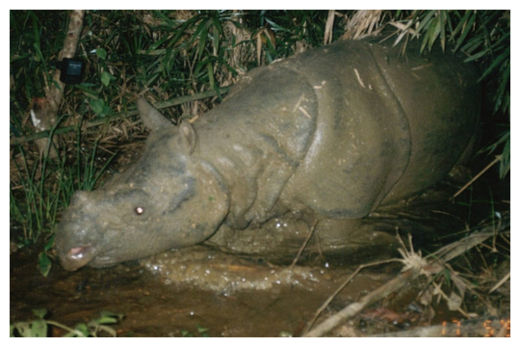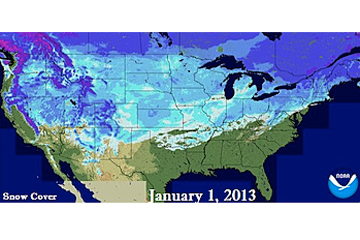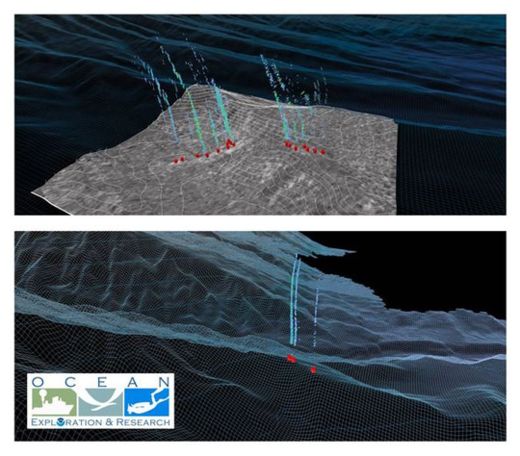
Methane is a potent greenhouse gas due to its ability to absorb heat, but the released gas is not likely to reach the ocean surface in significant quantities and affect the climate, said Carolyn Ruppel, a researcher with the U.S. Geological Survey, which collaborated in the research. Neither is the amount of gas likely to warrant commercial interest, she said.
The seeps were found in four clusters, three of them about 100 miles (160 kilometers) southeast of Nantucket, Mass. The other cluster, consisting of 17 of the seeps, was mapped about 90 miles (147 kilometers) east of Cape Henry, Va., according to a release from the National Oceanographic and Atmospheric Administration, which led the expedition.
Methane seeps are important to find and study since they involve the transfer of carbon from the ground to the atmosphere, which is important for getting an accurate picture of climate change in terms of how much gas is emitted naturally and how much is emitted by humans, Ruppel told OurAmazingPlanet. Methane also can oxidize in water and contribute to ocean acidification, she said.
